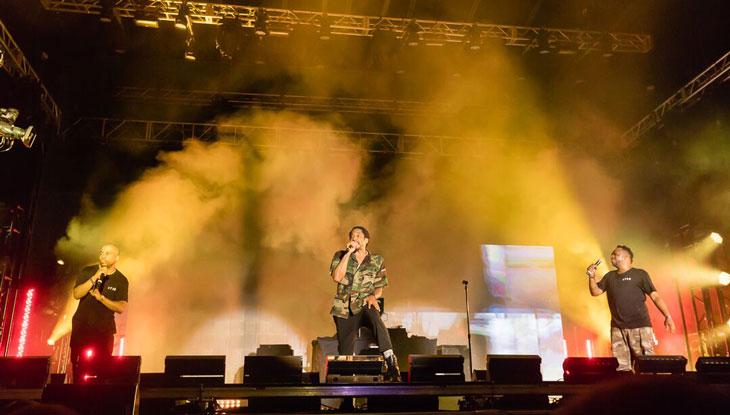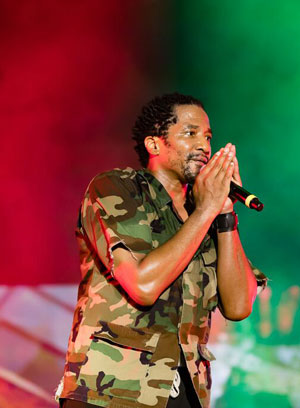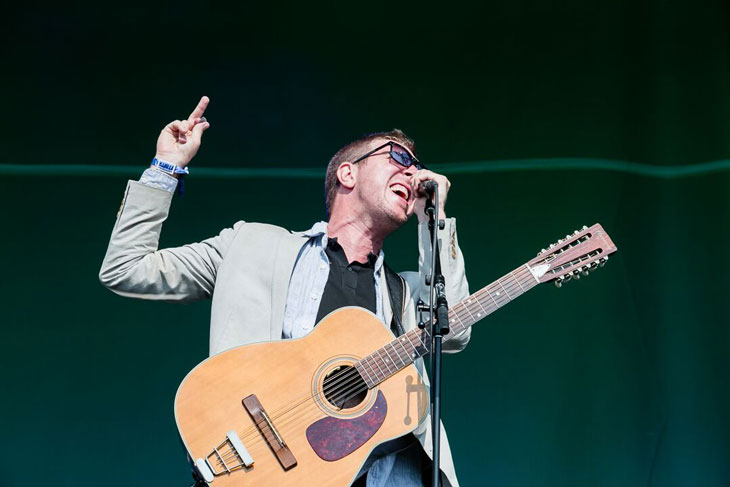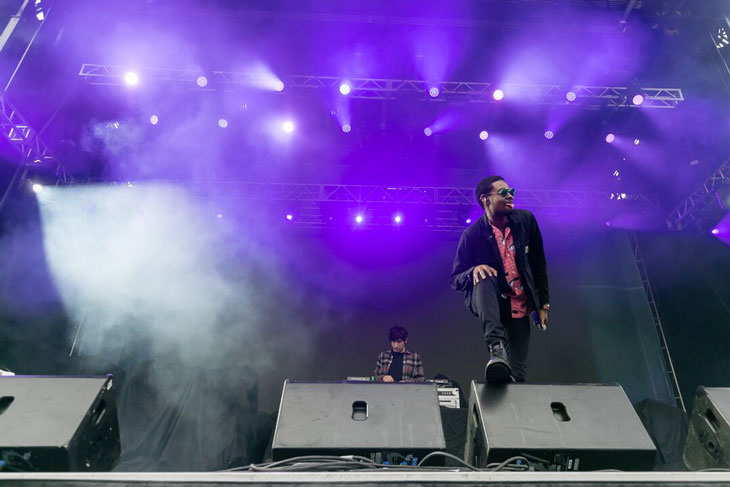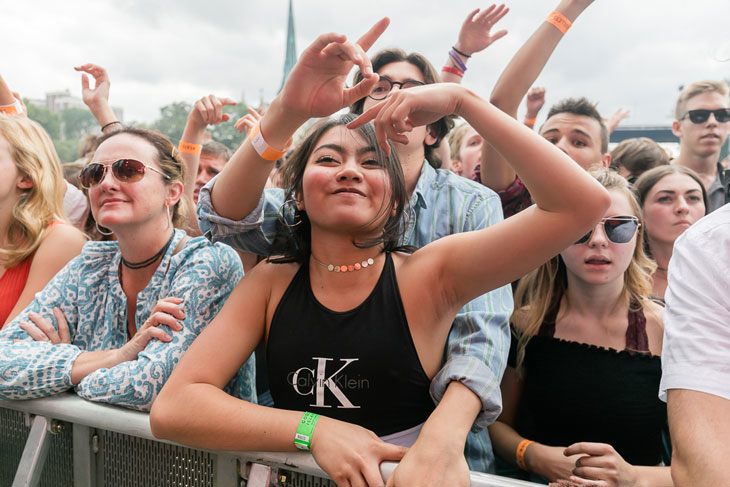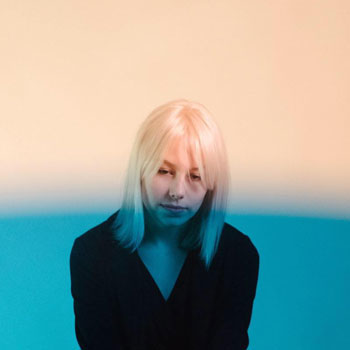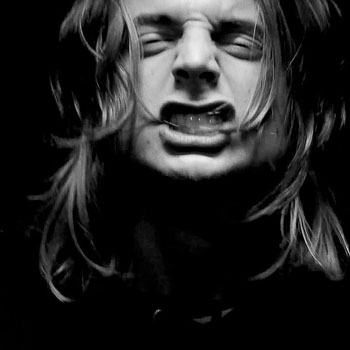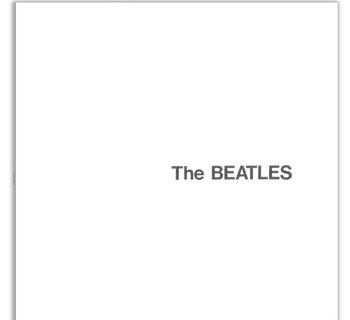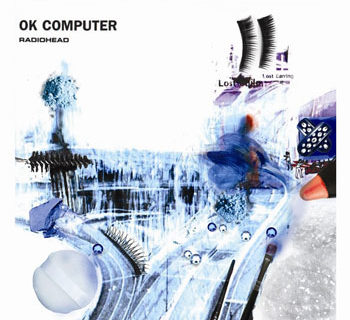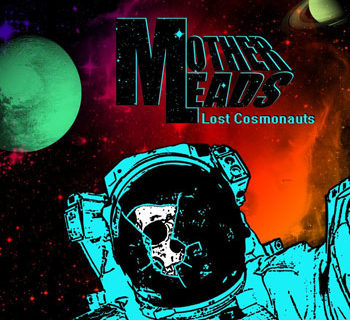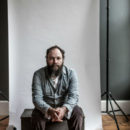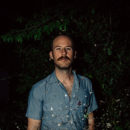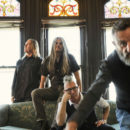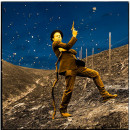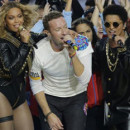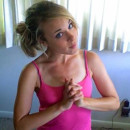7 Questions with Photographer Nick Tettey
How many times have you been to an unforgettable performance and later scrolled through your photos only to find a blur of underexposed pixels? And the singer whose voice was larger than life? Now just a tiny, unrecognizable speck lost in the stage lights or lost behind a sea of other phone screens raised above the crowd. To really capture a live performance in photography, you need the right gear, mobility, access, and knowhow of Nick Tettey.
He’s shot artists from Common to D’Angelo to Kanye West and lived to tell the tale. Rawckus caught up with him to learn more about his behind-the-scenes and in-the-moment photography and what it takes to channel the emotion and vitality of a live performance into a still image packed with power.
Rawckus: How did you get your start photographing musicians?
Nick Tetty: I started photographing live shows about three years ago. I was asked to photograph a local band that was opening for a major act in exchange for tickets to the show and free range to photograph all performances, including backstage access. It was an experience I'll never forget and it was my start in photographing musicians.
Do you typically interact with the performers before a show?
NT: If I'm shooting a specific artist I'll try to meet them prior to their show to get an idea for what interests them in terms of photography. Most artists will grant me full creativity, while others may want to focus on the crowd reaction to the performance.
I'm looking for anyone in the crowd having an emotional response to the artist performance.
When you shoot a performance, do you get the set list in advance or are you surprised every time?
NT: I like to be surprised so I don't get the set list in advance. Alternatively, if I'm shooting a large music festival with many artists, then I do plan my itinerary beforehand so I have a game plan to get the best coverage possible.
Do different genres of music require different approaches when it comes to shooting?
NT: The energy of the music and artist definitely determines my photography approach. If there’s a lot of action in the performance, then I want to do my best to make sure the energy is conveyed through the photographs. If the performance is relaxed then I want to make sure that the photos convey that as well.
When you’ve got your camera on the band, what moments are you looking for?
NT: I'm looking for any uniqueness I can find in the band and the band members. I want to find something about the artist photographically that sets them apart from any artist. I also try to look for the story in the performance.
When you turn your camera to the audience, what moments are you looking for?
NT: I'm looking for anyone in the crowd having an emotional response to the artist performance. To me, a definitive emotional response to an artist performance makes for the best audience photos.
What was the most unexpected moment you've captured?
NT: I saw an artist catch an audience member’s under garment that was thrown on stage. He then brought the person on stage and performed a song just for her.
What sort of access is given to the photographer? How free are you to move around?
NT: Depends on the artist. If you have a great relationship with the artist, then you can be given a lot of access within reason. In general, most photographers are given access to the pit area directly in front of the stage.
Today, so many people photograph and record their concert experience on their phones. As a professional, what's your opinion about this kind of mass photography?
NT: I think people recording their concert experience on their phones is acceptable within reason. I've seen some concert goers record a whole performance on their phone, which I don't agree with. Sometimes it can be distracting to other people in the audience. I've also seen some artists encourage the audience to capture any photos or videos during the first song to get that out of the way so everyone can enjoy the rest of the show. I think this approach makes for a happy medium.

